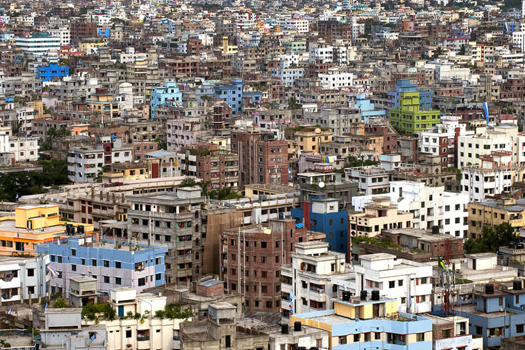 |
| Image: Global Forest Watch |
Global forest area, since 1990, has shrunk by 3.1 million square km. Many of these losses occurred in South America and Sub-Saharan Africa. Forests actually cover over 30% of the world’s land, but human activity is chipping away at the tree line. Another fact is that the growth and decline of forest cover is not uniform. On one hand some countries are rapidly removing trees from their ecosystem, others are seeing increases in their forest cover.
The forest area is in decline and one of the reason for this is expanding agricultural land use and increasing demand for wood and paper products. At the outset of the 20th century, there was approximately 50 million square km of forest around the world. This has shrunk to 40 million square km. Some of the areas have shocking figure - like West Africa, for example, has lost a shocking 90% of its forest cover over the last century – in a number of countries, all of the forest outside of protected areas has been logged, while illegal logging threatens parks and reserves. Similarly, the Amazon Rainforest which is one of the most important carbon sinks on the planet, has faced wrath from human activity over the last few decades. Across the Atlantic Ocean, Africa is also grappling with deforestation.
Forest renewal
The bright side of the story is that many of the governments are increasingly protecting habitat in the form of nature reserves and national parks. China, for example, is a place where there have been big increases in forested areas. Europe, in particular, has seen widespread regeneration of forests over the past century. Thankfully, the 5 countries with the most forest cover – Russia, Brazil, Canada, U.S., and China – are attempting and moving towards forest renewal.
Image: World Bank
Source: https://www.weforum.org/agenda/2018/08/the-human-impact-on-the-world-s-forests




